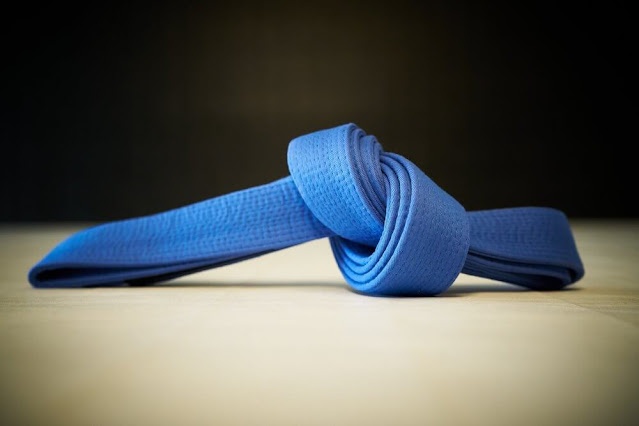For a lot of students of BJJ students, getting their blue belt is an opportunity and a curse. Many students view their blue belts as a way to the next level, and others believe that receiving the blue belt is the most prestigious achievement, and they stop training. Some students have quit BJJ after getting a blue belt. This is also referred to by the name "blue belt-itis."
The present-day Roydean.tv analyzes why people reach a BJJ plateau in blue belts and provides solutions to these issues. It could help cure any blue belt-related problem and help the blue belt continue his BJJ training. Here are 7 Ways To Cure Blue Belt-itis:
Problem #1: Your enthusiasm for BJJ is decreasing
It's not uncommon for people to become bored with every activity they engage in, especially when practicing for longer than one year. Instead of having a break from BJJ (you'll understand why after reading about #7), Why not speak about it with a teacher about his experience. You can be sure that he'll have a fascinating tale to tell, which could be the motivation you'll need to take the class that's coming up next. BJJ class.
Problem #2: You're too busy
When you first got the blue belt, you may have been able to train more frequently. However, now your work schedule is accumulating, or you're juggling other obligations that you have to take care of. It's not necessary to quit BJJ to accommodate other obligations. It's just a matter of finding a better method to integrate training into your daily routine. Please look at our post on how you can make more time to train to get more ideas!
Problem #3: You happy having a blue belt
The classes you've taken and the methods you've learned over an entire year helped you achieve the blue belt. It was a lot of work, but you're grateful you did it and have had enough. However, you're still far away from the highest level of BJJ. What you've learned during those two years or less is the beginning of your journey. Do you want to test yourself and discover how far you could take yourself? When you stop as a blue belt, it's impossible to know what you can achieve if you continue to train.
Problem #4: You're being knocked off by belts of white
You've put in the time and effort to earn your blue belt. You've been training at least three times per week and practiced with your fellow students in class, but when it comes to sparring, one or two white belts could knock you out. While it's not as pleasant as it might be, being to be tapped out or even being beaten is a part of BJJ. Everybody gets hit, including black belts. Be aware of your mistakes and keep working on the issues. In the end, there needs to be a valid justification for your submission.
Problem #5: You're getting confused
If you're a brand new blue belt, you likely have high expectations. So, when you encounter one or two techniques (or more) that you don't know and are unable to grasp, you quit and find something else to focus on. It's normal to be overwhelmed when doing BJJ. There are hundreds of techniques during your journey, but some won't be easy for you. Make time to work on the methods you're struggling with, and practice with a friend following the class. If you're still confused, then talk to your instructor. In the end, that's why you're there for!
Problem #6: You're not achieving your objectives.
You're likely to set higher expectations for yourself when you're promoted. Being promoted is an accomplishment; therefore, being enthusiastic about bigger goals is common. The plans are great. However, they should be realistic and short-term if you wish to remain consistent. It's not a good idea to set ambitious goals that you aren't successful in achieving, especially in the case of keeping focused on your training. Please look at our article about realistic goals and decide what it says about you!
Problem #7: You'd like to relax
You've made it to the goal of achieving your blue belt. What does next? Do I deserve a break? Absolutely. But it's not a lengthy one. Everybody needs breaks now and again, particularly if you feel that you've hit the point of no return. Keep in mind that the more time you take off, the longer it'll take you to return to the flow of things.

Comments
Post a Comment